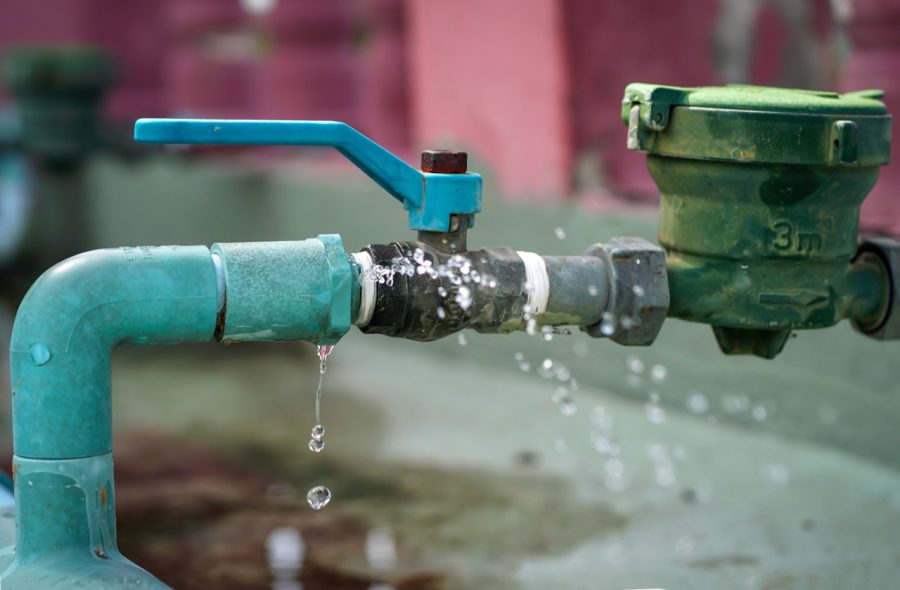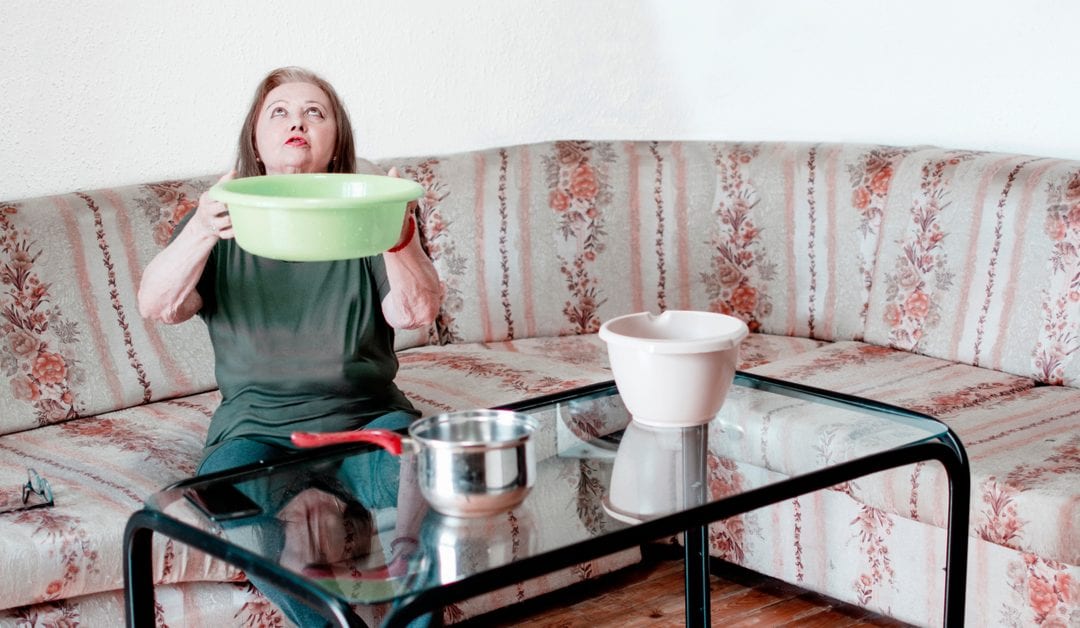Key Tips for Handling Plumbing in Older Homes
Key Tips for Handling Plumbing in Older Homes
Blog Article
Everybody maintains their own unique thinking when it comes to Common Plumbing Problems in Older Homes.

Older homes usually come with beauty, personality, and history, however they can likewise bring a host of pipes problems. Whether you're dealing with maturing pipes, low water stress, or leakages, understanding exactly how to address these usual problems is crucial to maintaining a safe and practical home. In this guide, we'll check out the normal plumbing challenges encountered by older homes and give sensible services to keep your pipes in leading form.
Comprehending Usual Pipes Issues
Aging Pipes
One of one of the most common problems in older homes is aging pipelines. Depending upon the age in which your home was constructed, the pipes might be made from materials that have actually worn away in time, such as galvanized steel, cast iron, or even lead. These products can corrode, come to be fragile, or develop leakages, causing water damage and potential carcinogen.
Water High Quality Screening
Older pipelines can impact the high quality of your water. Conduct a water quality examination to look for contaminants such as lead, corrosion, or various other impurities that may be presented by aging pipes.
Solutions for Usual Pipes Issues
Changing Aging Pipelines
If your home has old, wearing away pipes, consider changing them with contemporary materials like copper or PEX. This can be a significant investment, but it will certainly prevent future concerns and boost the safety and reliability of your plumbing system.
Repairing Low Water Pressure
To take care of low water stress, begin by cleansing or changing old components and getting rid of mineral buildup in the pipes. If the problem persists, it might be essential to change areas of corroded pipelines.
Fixing and Replacing Dripping Pipes
For little leaks, you can use pipeline clamps or epoxy putty as a temporary repair. However, it's finest to replace dripping pipes totally to avoid additional damages.
Upgrading Fixtures
Upgrading old fixtures to modern-day, water-efficient versions can improve your home's pipes performance and reduce water consumption. Look for components with the WaterSense label for the best effectiveness.
Managing Pipe Rust
If your pipelines are corroded, replacing them with corrosion-resistant materials like copper, PVC, or PEX is the best option. Normal inspections and water quality upkeep can assist prevent even more deterioration.
Low Water Stress
If you're experiencing low tide pressure, maybe due to natural resources, corrosion inside the pipes, or old fixtures that are no longer working effectively. This can be a major aggravation, specifically in locations like showers and sinks.
Dripping Pipes
Leakages are an additional frequent concern in older homes, typically triggered by rusty or worn-out pipes. Also tiny leakages can cause considerable water damages, mold and mildew development, and enhanced water bills otherwise attended to without delay.
Obsolete Fixtures
Outdated plumbing fixtures such as taps, toilets, and showerheads not just look old but might likewise be less reliable, prone to leaks, or incompatible with modern plumbing standards.
Pipe Rust
Deterioration is a typical problem in older pipelines, specifically those made from galvanized steel or actors iron. Corroded pipelines can limit water flow, trigger discoloration, and at some point result in leaks or pipeline bursts.
Assessing the Problem of Your Plumbing
Inspecting Visible Pipelines
Start by checking any kind of visible pipelines in your house, such as those in basements, crawl spaces, or under sinks. Try to find indications of corrosion, leaks, or corrosion, which can indicate underlying concerns.
Looking for Leaks
Check for leaks by evaluating areas around taps, bathrooms, and under sinks. You can likewise monitor your water meter prior to and after a period of no water utilize to identify concealed leakages.
When to Call a Specialist
While some pipes issues can be handled with do it yourself options, there are times when it's best to contact a specialist. If you're taking care of major leakages, comprehensive corrosion, or are unclear about the condition of your pipes, an accredited plumbing can supply experienced analysis and fixing.
Preventive Upkeep Tips
Normal Examinations
Routinely inspect your pipes system for indications of wear and tear. Capturing concerns early can protect against costly fixings down the line.
Water Stress Policy
Ensure your water stress is within the recommended array to stay clear of worrying your pipelines and fixtures. A plumber can mount a stress regulator if required.
Water Top Quality Upkeep
Set up water filters or conditioners if your water quality is poor. This can secure your pipes and fixtures from damage caused by difficult water or contaminants.
Positive Pipeline Replacement
If your home has very old pipelines, consider positive substitute before major problems develop. This can conserve you from emergency fixings and water damage.
Conclusion
Dealing with plumbing problems in older homes calls for a mix of alertness, precautionary upkeep, and prompt upgrades. By comprehending the common challenges and recognizing when to look for specialist assistance, you can ensure your plumbing system continues to be functional and dependable for several years to find.
Common Plumbing Issues in Older Homes and How to Fix Them
Owning an older home in Australia comes with its unique charm and a set of challenges, especially when it comes to plumbing. The Sunshine Coast has many older properties that can harbour plumbing problems that aren t just inconvenient but potentially costly. Here s a look at some common plumbing issues in older homes and expert advice on how to handle them.
Outdated Piping Materials
Many older homes were built with galvanised steel, cast iron, or even lead pipes, materials that are far from ideal by today s standards. Galvanised pipes are prone to corrosion and clogging, while lead pipes pose serious health risks.
How to Fix:
Replacing old pipes is a job for a professional. Upgrading to copper or PVC piping not only enhances water quality and flow but also increases the property s safety and value. If you suspect your home has outdated materials, a licensed plumber can conduct a thorough inspection and recommend the best course of action.
Corrosion and Pipe Degradation
Over time, exposure to water and minerals can cause pipes to corrode, leading to leaks, bursts, and water contamination. Corrosion is especially common in homes over 50 years old.
How to Fix:
Regular inspections can catch early signs of corrosion. If corrosion is found, the affected section of piping often needs to be replaced. For homes with extensive corrosion, a complete plumbing overhaul might be necessary. It s crucial to consult with a plumbing expert to understand the extent of the issue.
Tree Root Intrusion
Older neighbourhoods usually have mature trees whose roots can intrude into pipe lines, causing blockages or damage. This is particularly problematic for sewer lines, where roots seek out water sources.
How to Fix:
A plumber can use a specialised camera to inspect sewer lines for root intrusion. If roots are a problem, methods like root cutting or hydro-jetting can clear the obstruction. In severe cases, part of the pipe may need replacing. Consider root barriers around the piping to prevent future issues.
Inadequate Water Pressure
Low water pressure in older homes can be due to various factors, including corroded water lines, sediment build-up in pipes, or outdated fixtures.
How to Fix:
First, check if the low pressure is isolated to one area or throughout the house. Replacing old fixtures can sometimes resolve the issue. However, if the problem is more widespread, it might be due to sediment or corrosion. Flushing the system or replacing the affected pipes usually restores normal pressure. Again, a professional assessment is advisable.
Outdated Fixtures
Older homes often feature fixtures that are not only visually dated but functionally inefficient. This includes everything from toilets and taps to showerheads and washing machine hoses.
How to Fix:
Updating these fixtures can improve both water efficiency and the aesthetic appeal of your home. Modern fixtures are designed to conserve water, which can significantly reduce your water bill and lessen your environmental impact.
Conclusion
Maintaining the plumbing in an older home requires a proactive approach. Regular checks and updates are key to preserving these beautiful properties. If you re facing plumbing issues in your older home, it s best to call on experienced professionals like Green & Gold Plumbing & Gas. With the right expertise, even the most daunting plumbing problems can be resolved, ensuring that your home s character is maintained while its functionality is enhanced.
https://gandgplumbing.com.au/common-plumbing-issues-in-older-homes-and-how-to-fix-them/

Do you enjoy reading up on Common Plumbing Problems in Older Homes? Write feedback down below. We'd be glad to see your insights about this piece. In hopes that you visit us again in the future. Please take the time to promote this entry if you appreciated it. We value reading our article about .
Schedule Service Pickup Report this page